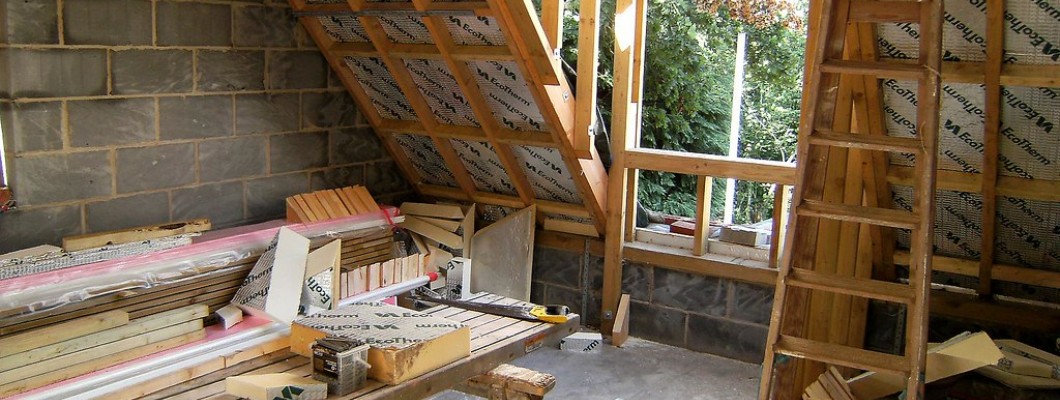
In order to increase your home's energy efficiency, installing insulation is a wonderful place to start.
Insulation lowers your energy expenditures and aids in maintaining a consistent temperature in your home. Yet, it's crucial to make sure you comprehend the fundamentals of insulation and how to install it correctly before you get started.
The First Step
Identifying the kind of insulation you require is the first stage in the insulation installation process. Fibreglass, cellulose, and foam insulation are the three basic forms of insulation. You must conduct some research to decide which type best meets your needs because each has pros and disadvantages of its own. Also, depending on the climate and the style of your home, you'll need to get the right insulation for the location.
You can buy all the insulation you need on our insulation page
The Installation Process
- Once you’ve decided on the type of insulation you need, it’s time to start the installation process. Begin by measuring the area you plan to insulate and purchase the appropriate amount of insulation. Make sure you buy enough to fill your entire area, as insulation needs to be installed in one continuous layer.
- When it’s time to install the insulation, you’ll need to use protective eyewear, a dust mask, and gloves to protect yourself from the dust and debris that can come with the installation process. The next step is to cut the insulation to fit the area you’ll be insulating. Measure twice and cut once to ensure a precise fit.
- After the insulation has been cut to size, it’s time to begin the installation process. Depending on the type of insulation you’re installing, you may need to use staples, nails, or adhesive to secure it in place. Make sure you follow all manufacturer instructions, as improper installation can lead to reduced energy efficiency.
- Once the insulation has been installed and sealed, you’ll want to check for air leaks. You can do this by using a smoke pencil or incense stick to detect any airflow in the area. If you detect any leaks, use caulk or foam insulation to seal them.
Testing the insulation
To ensure that the insulation is functioning properly. Installing a thermometer there and monitoring the temperature over time will help you achieve this. If the temperature stays steady, the insulation is undoubtedly functioning effectively.
It's simple to increase your home's energy efficiency by installing insulation. You can guarantee that your insulation is put correctly and assist in lowering your energy expenses by following the aforementioned procedures.













































































































































 Final.jpg)